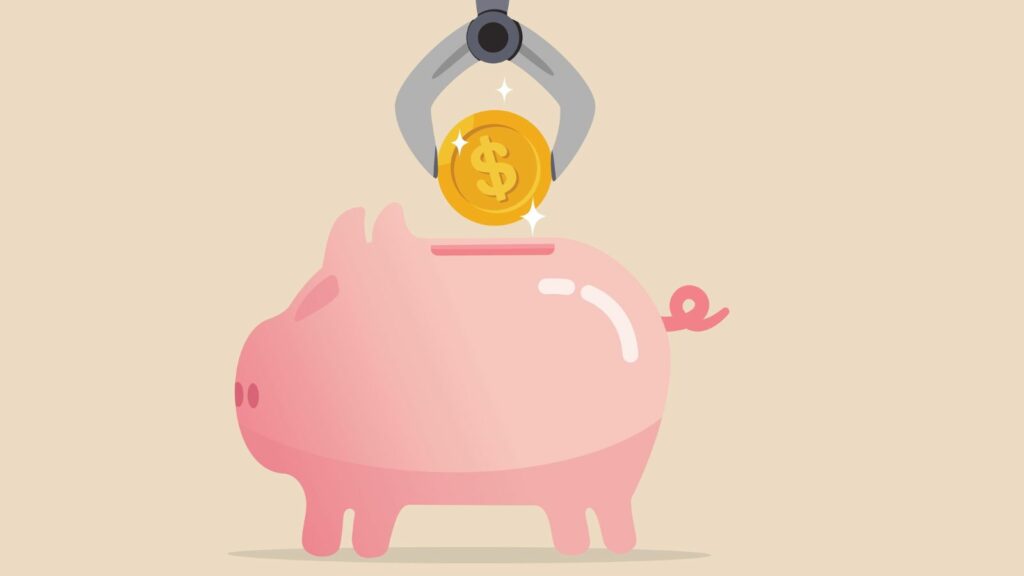Grocery shopping is a necessity, but you’ve probably noticed your bill creeping higher in recent months, despite buying the same amount of food. From sudden price hikes to sneaky supermarket tactics, we look at 19 surprising ways your grocery bill is increasing without you noticing.
Hidden Price Hikes
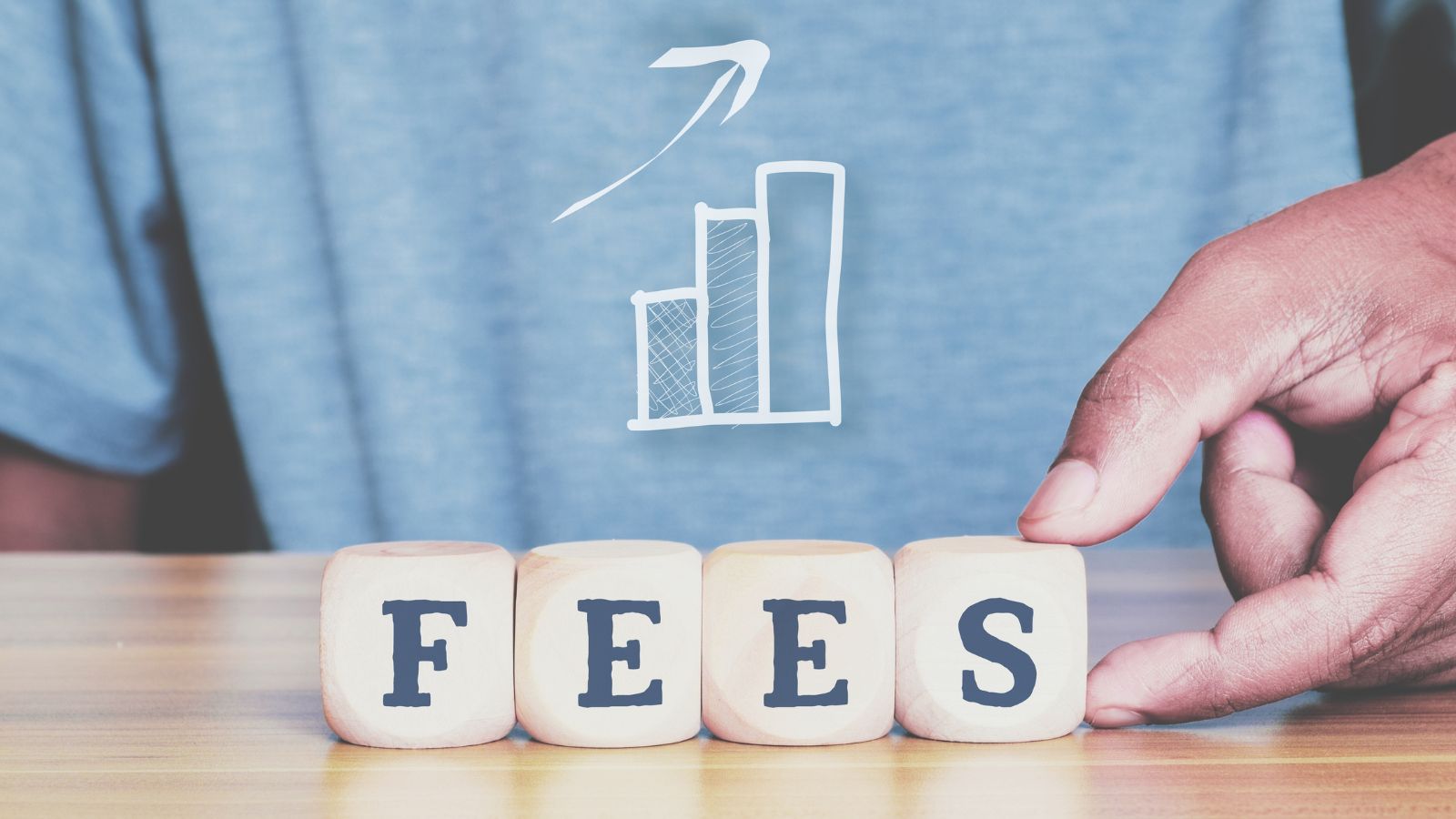
Manufacturers may not always advertise price increases, but they subtly raise costs through gradual markups. A $2.99 product may quietly become $3.29, and over time, these small changes add up significantly to your total bill.
Shrinkflation
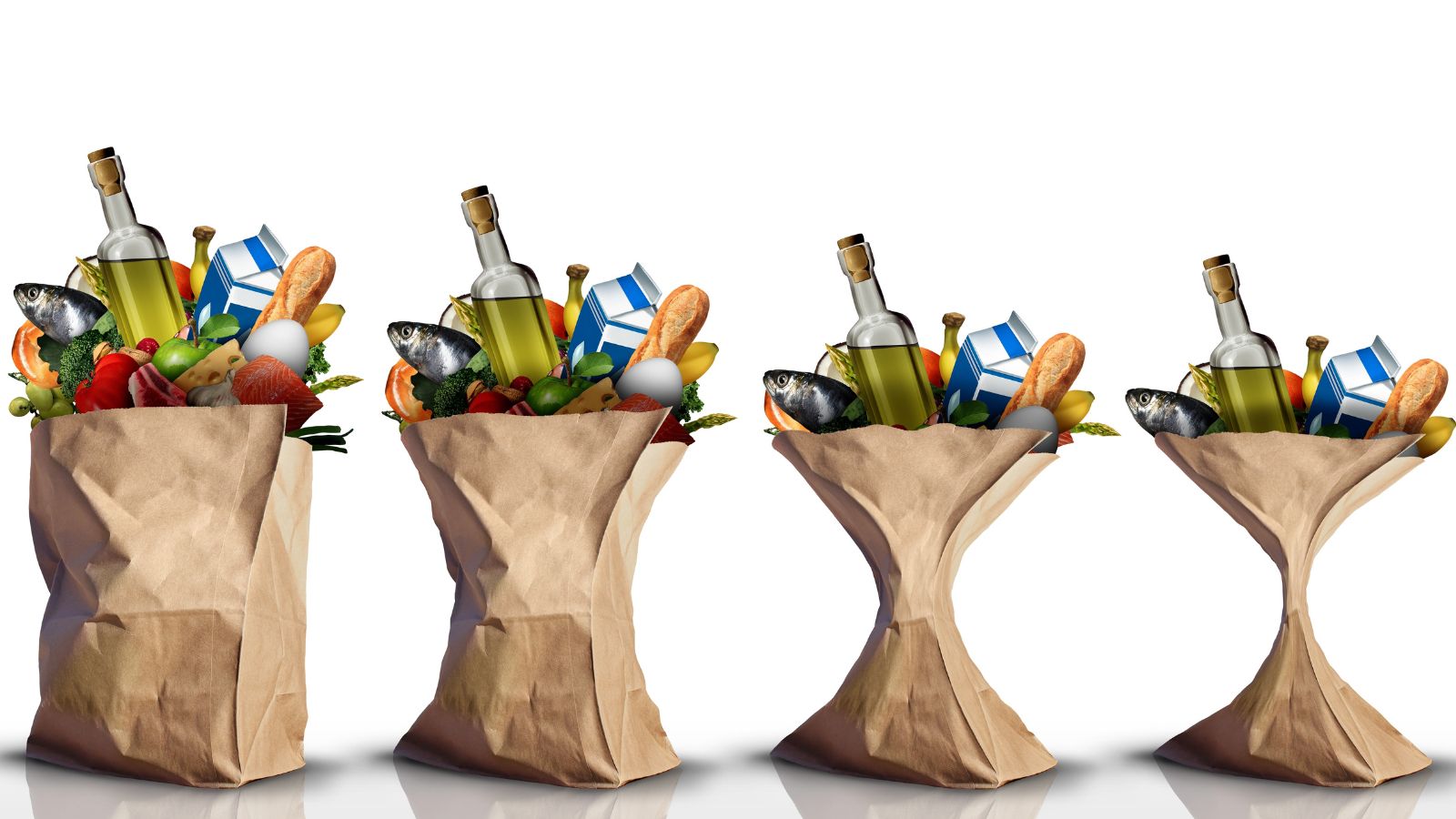
Shrinkflation happens when product sizes shrink, but prices remain the same. A cereal box that used to be 16 ounces may now be 14 ounces for the same price. Shrinkflation tactics means you’re paying more per unit without realizing it, making your groceries more expensive over time as you’ll need to replenish items more often.
Dynamic Pricing
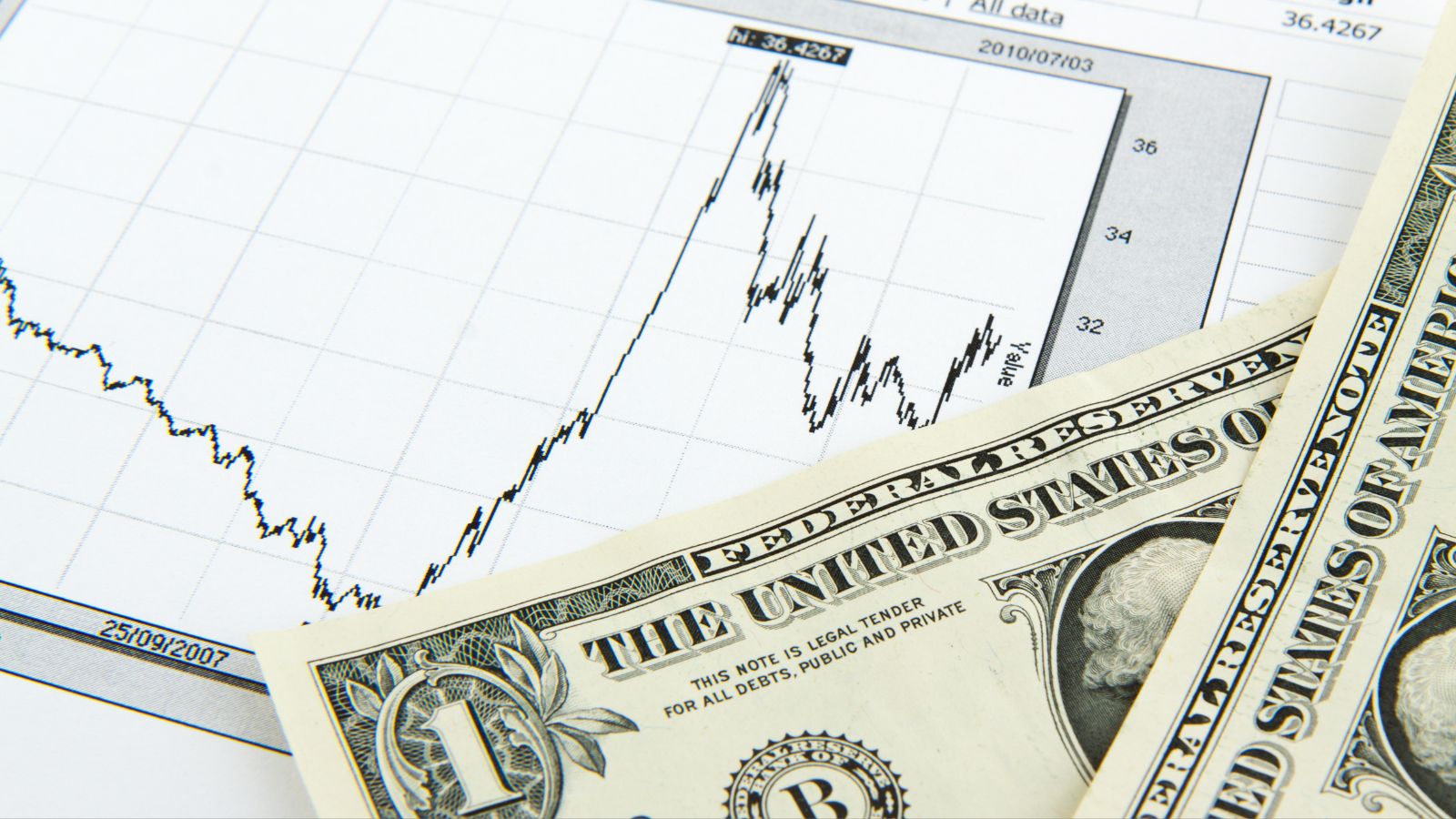
Some grocery stores use algorithms to adjust prices based on demand, time of day, or customer behavior. This means you might pay more for a product depending on when you shop, and you may not even notice these fluctuations.
Expensive Checkout Impulse Buys

Items placed near checkout counters, such as candy, snacks, and magazines, are strategically positioned to tempt shoppers. These impulse buys are usually overpriced, and grabbing one or two every trip adds up quickly.
Loyalty Programs That Aren’t Really Savings
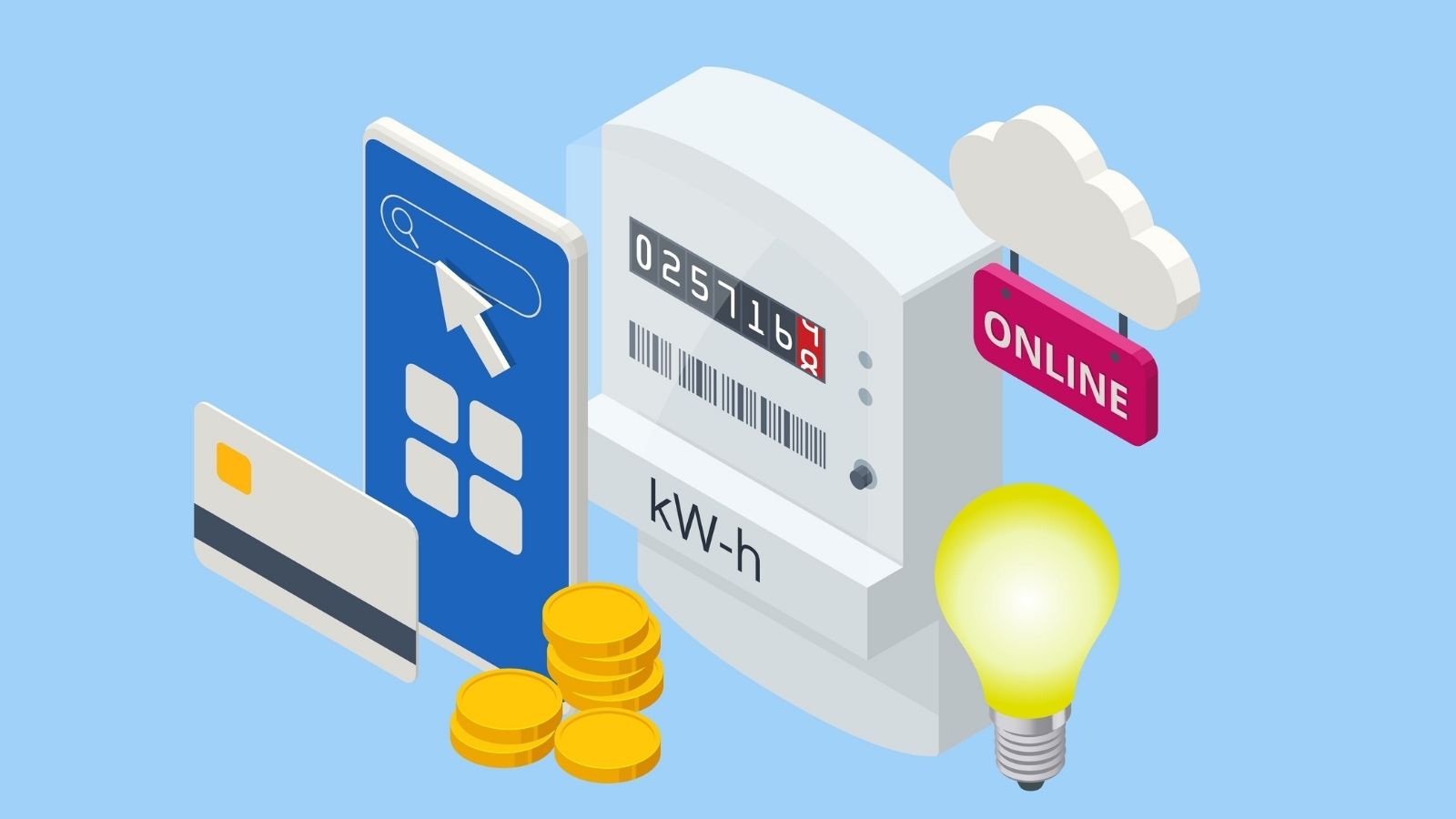
Many loyalty programs advertise discounts, but sometimes the “discounted” price is just the regular price masked as a deal. If you’re not comparing prices elsewhere, you might think you’re saving when you’re not.
Higher Prices on Popular Brands
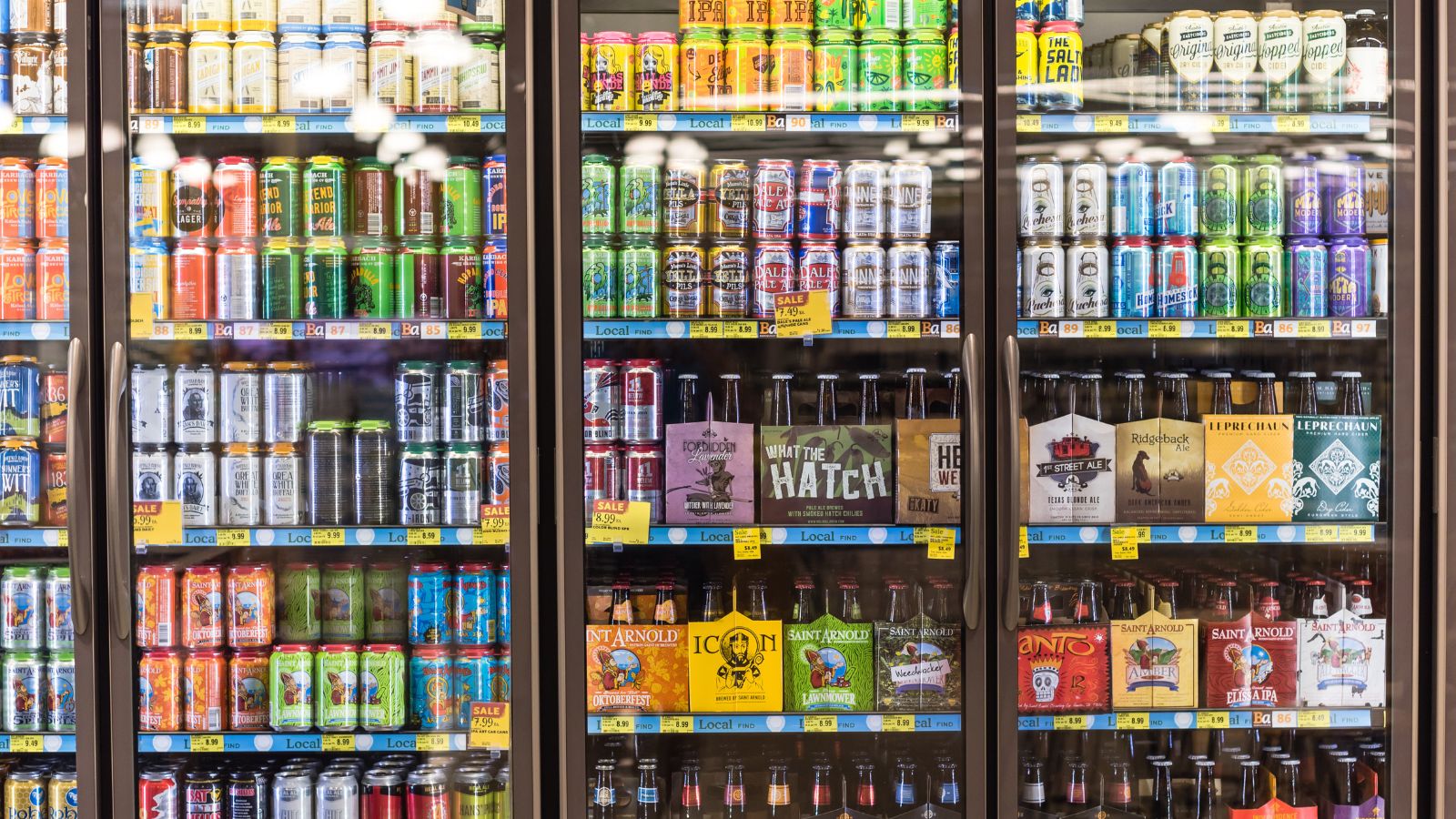
Grocery stores frequently increase prices on popular brand-name items because they know customers will buy them out of habit. If you always reach for the same brand without checking alternatives, you could be paying more than necessary.
Premium Placement Costs More
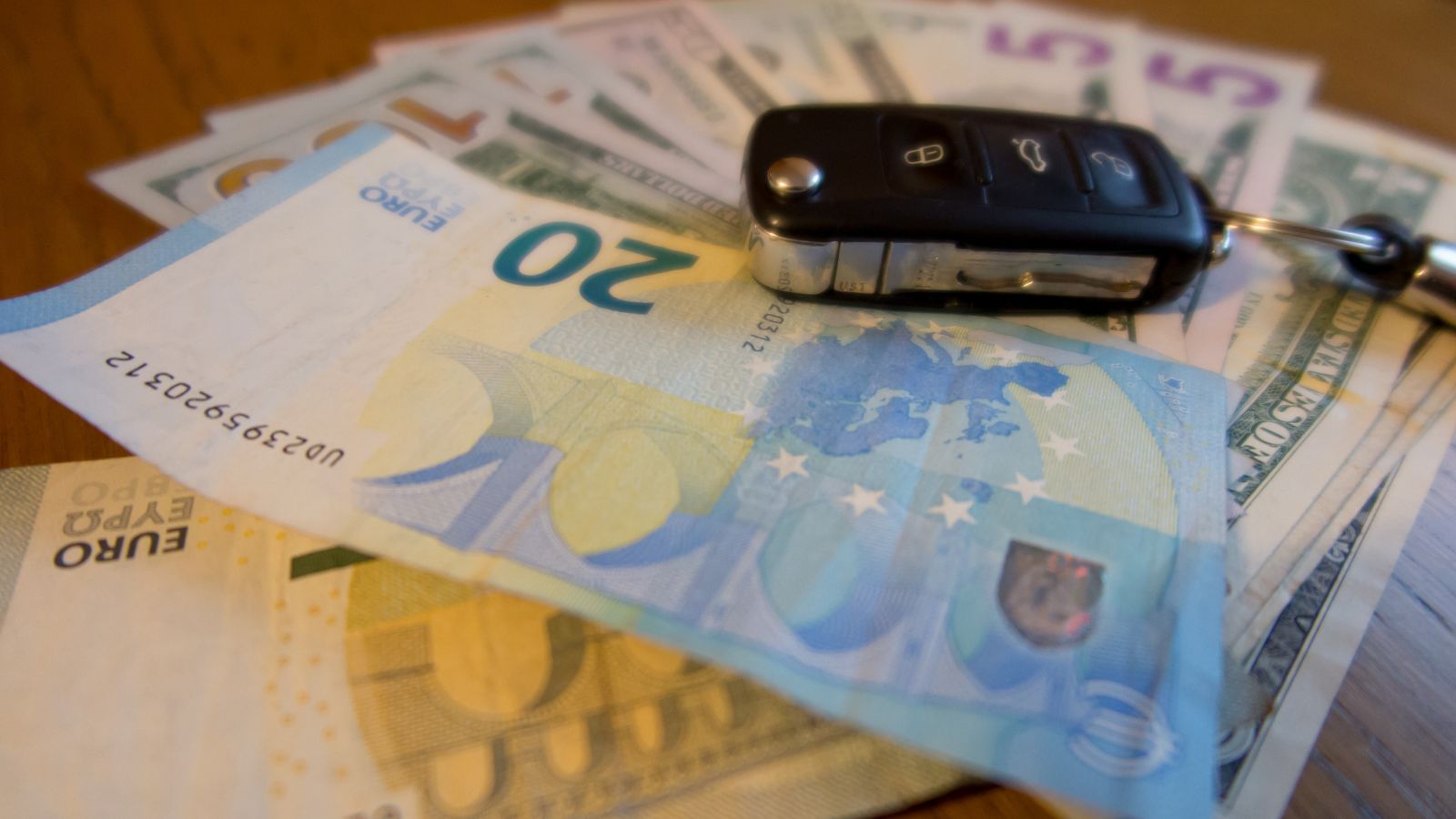
Stores charge brands for prime shelf placement, such as at eye level. These products often come with higher price tags, and customers unknowingly pay more simply because the item is easier to reach.
Misleading Sale Tags

Some sale tags are designed to look like discounts when they aren’t. For example, a sign that says “5 for $10” might imply a deal, but if the regular price is $2 each, you’re not saving anything.
Grocery Delivery Markups

If you use grocery delivery services, you may be paying more than you think. Many stores mark up online prices, and additional service fees or tips increase the overall cost significantly compared to shopping in-store.
Seasonal Price Fluctuations
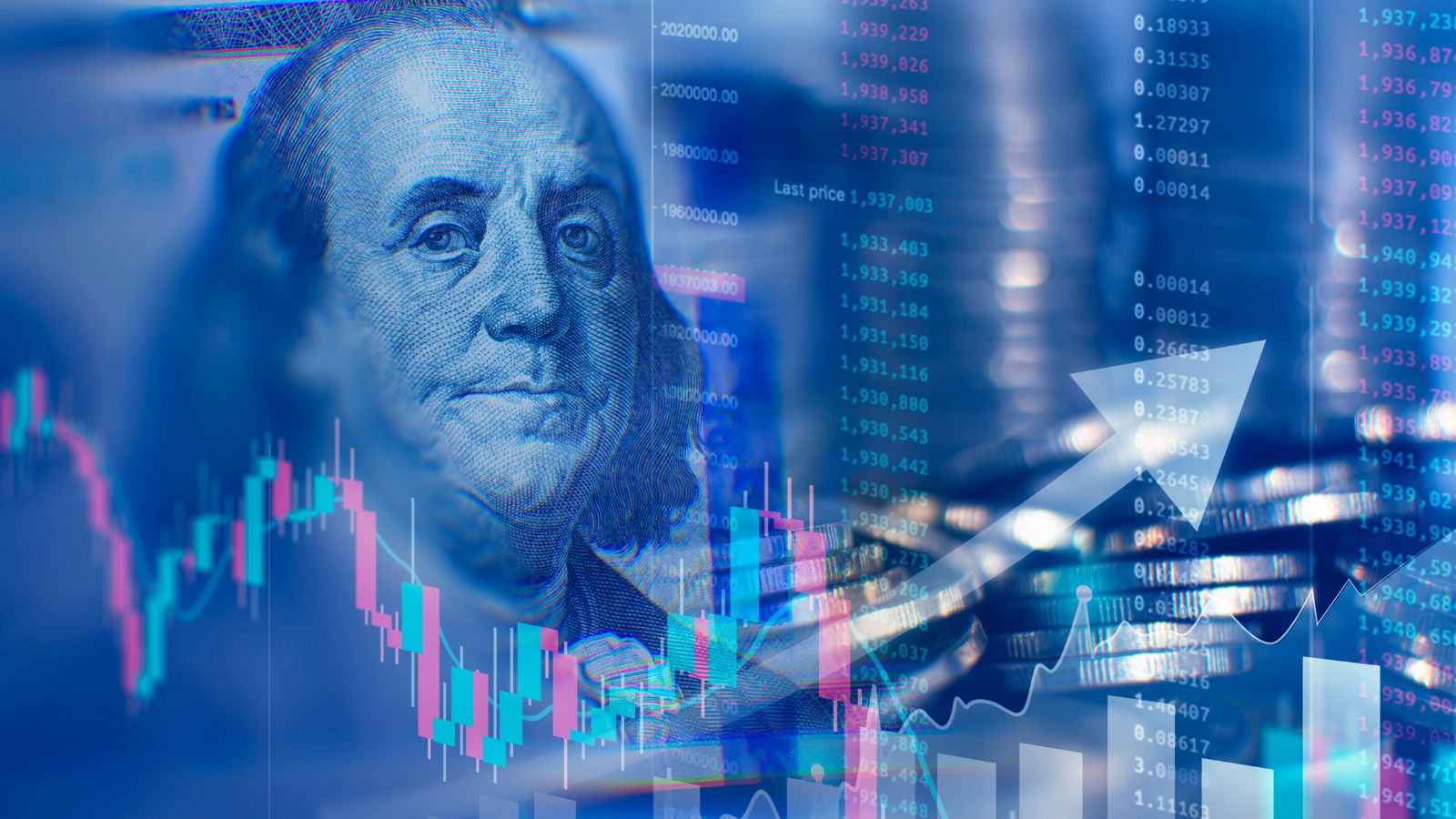
Certain foods, such as fruit and vegetables, are more expensive depending on the season. Out-of-season produce, for example, often comes with higher prices due to transportation costs. Shopping for in-season foods is the best way to help you save money.
Pre-Cut or Pre-Washed Items

Pre-cut fruits, pre-washed salads, and shredded cheese offer convenience but come at a higher cost. You can save by buying whole produce and cutting or washing it yourself.
Sneaky Packaging Changes
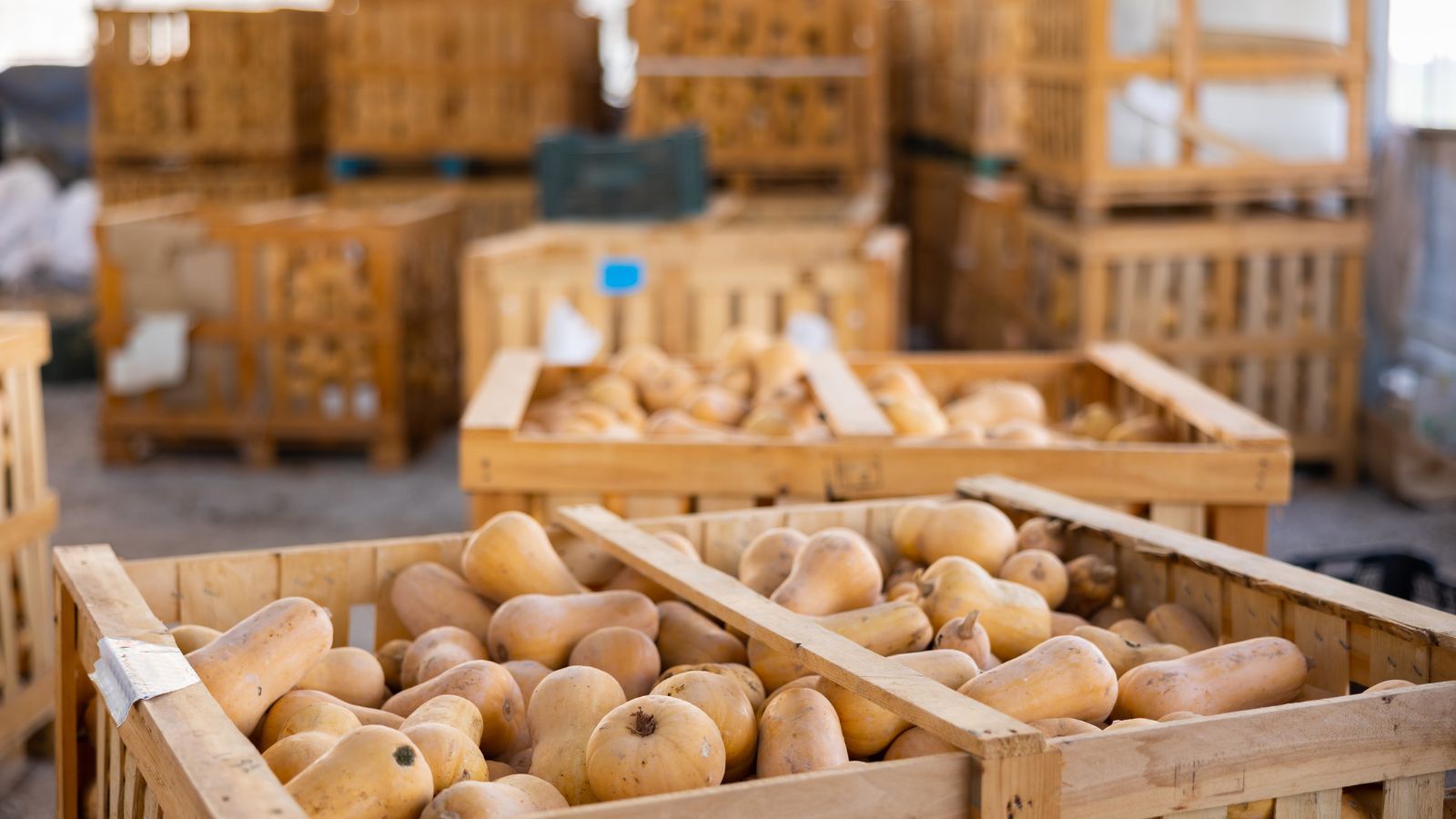
Manufacturers sometimes change packaging to make products look the same size, even when they contain less. A slightly slimmer container or a deeper indentation at the bottom might mean you’re getting less product for the same price.
Higher Prices on Convenience Foods
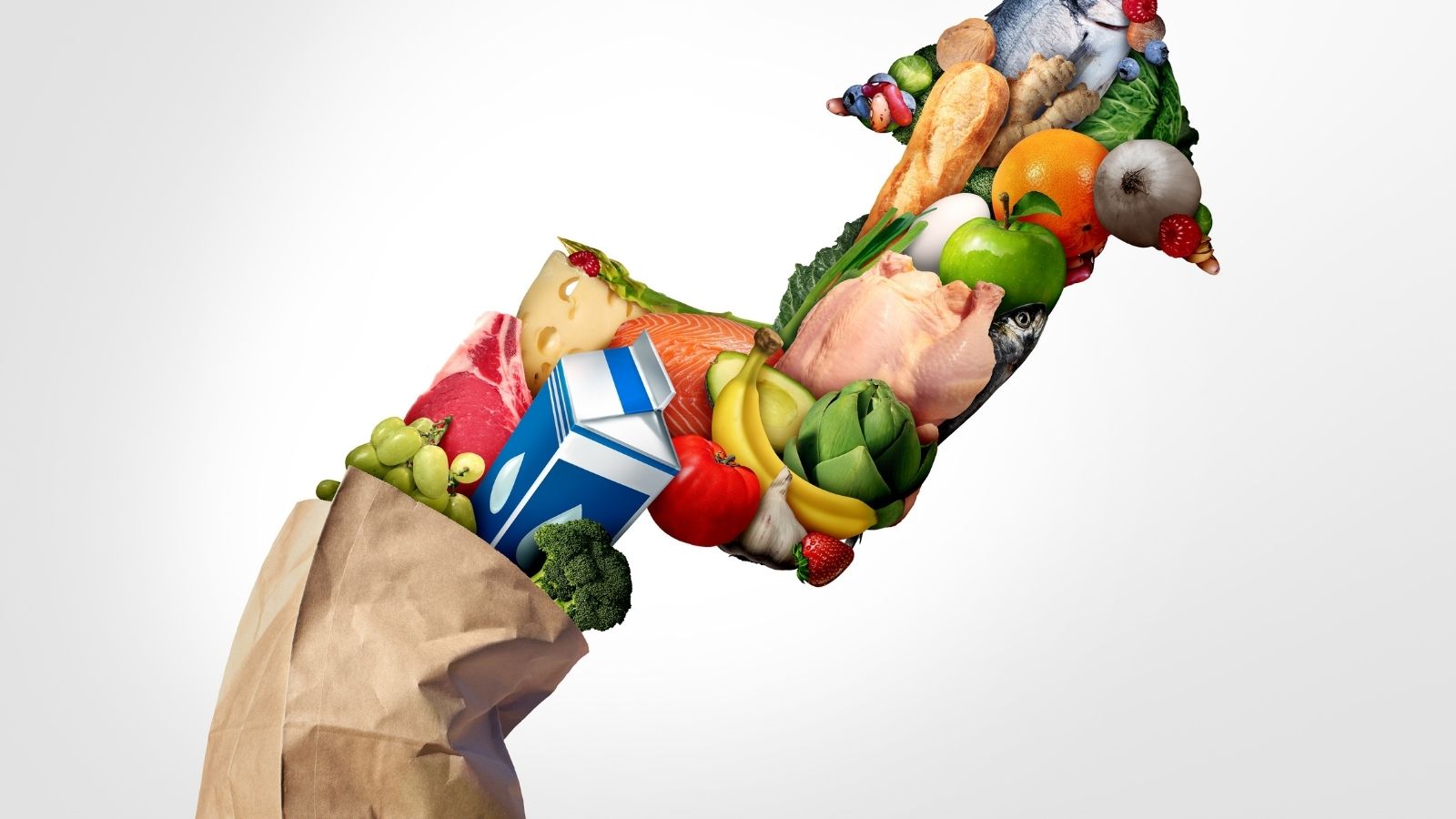
Single-serve items like snack packs, frozen meals, and ready-to-eat foods are significantly more expensive than bulk or homemade alternatives. While they save time, they can drain your grocery budget quickly.
Changing Coupon Policies
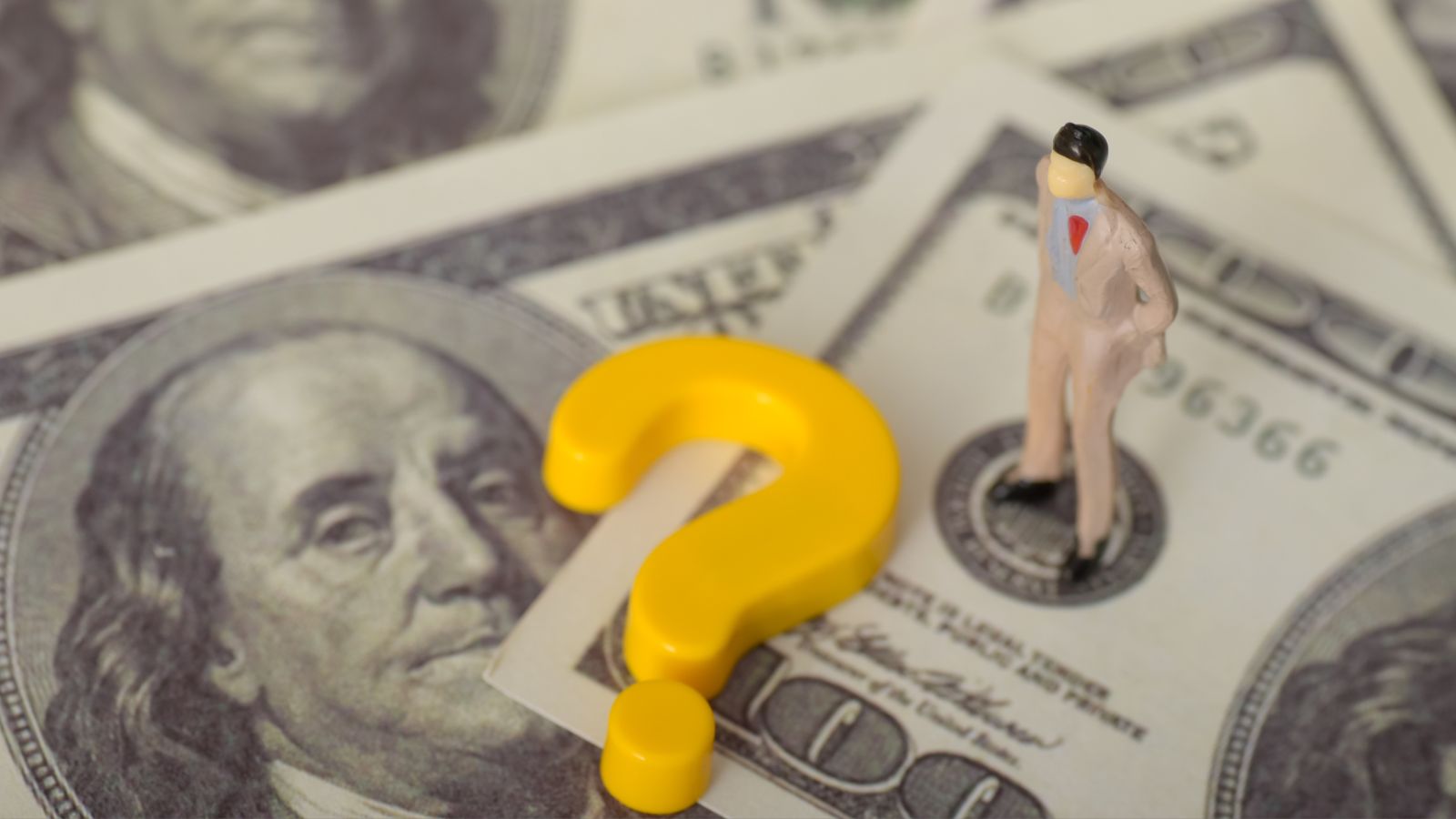
Many stores have tightened their coupon policies, reducing the value of discounts or restricting how many can be used per purchase. This makes it harder for shoppers who rely on discounts to save as much as they used to, putting a strain on their monthly budget.
Digital-Only Discounts
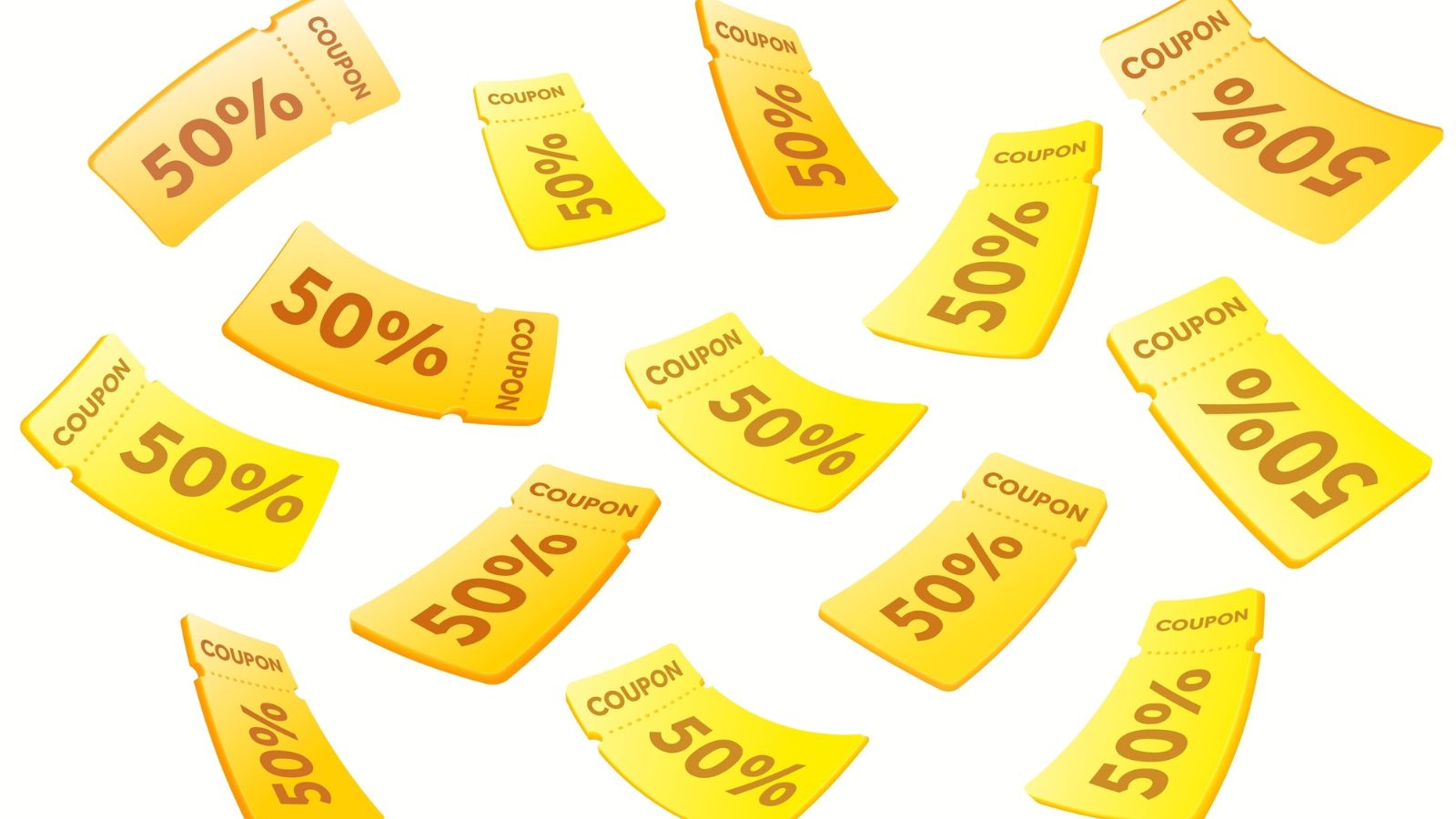
Some stores now offer discounts only through their apps, which means if you’re not tech-savvy or forget to scan digital coupons, you could be missing out on savings that were previously available to all shoppers.
Higher Prices on Essential Goods

Basic grocery staples like milk, bread, and eggs often see price hikes because stores know customers will continue to buy them regardless of cost. Paying a little more for these frequently purchased items adds up over time.
Fuel Price Increases
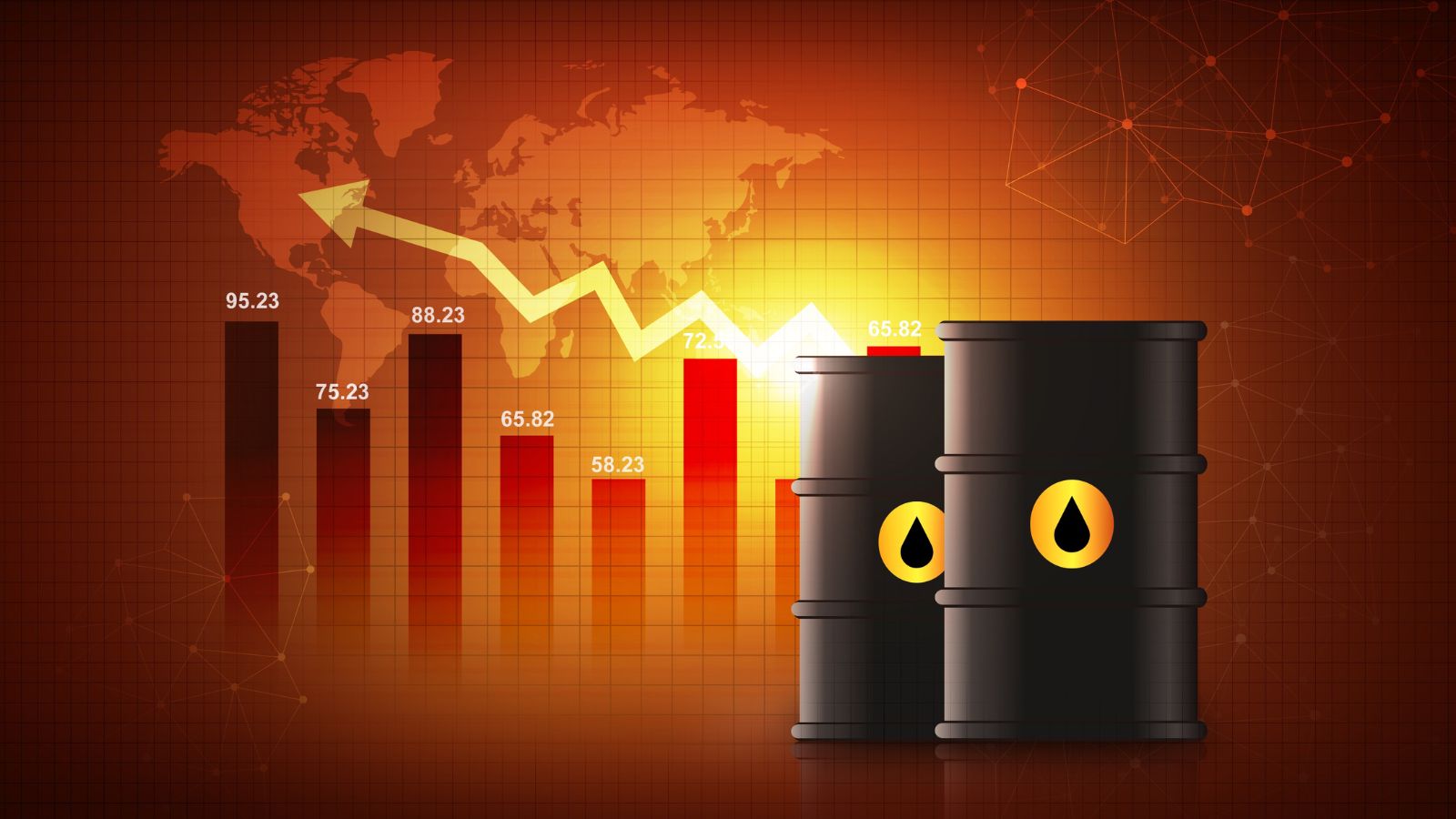
You may not think that fuel prices have an impact on your grocery bills but rising costs at the pump impact food transportation, leading to higher prices at the store. Companies need to pass on the cost of fuel to consumers, making even the most basic items more expensive.
Supply Chain Disruptions

Natural disasters, labor shortages, or global crises can all disrupt the food supply chain, which causes prices at the till to rise. If a major supplier faces issues, the cost of affected products can skyrocket without warning, as we’re seeing now with droughts in California impacting the cost of pistachios and almonds.
The Illusion of Bulk Savings

Buying in bulk can save money, but not always. Some stores price bulk items higher per unit than smaller packages, tricking shoppers into thinking they’re getting a better deal.
25 Countries Predicted to Become Economic Superpowers in the Next 20 Years

The strength of an economy plays a crucial role in various international policies about trade and relations. Certain factors determine the strength of an economy, including population growth, availability of resources, and development and advancement. Here are 25 countries predicted to become economic superpowers in the next 20 years
25 Countries Predicted to Become Economic Superpowers in the Next 20 Years
